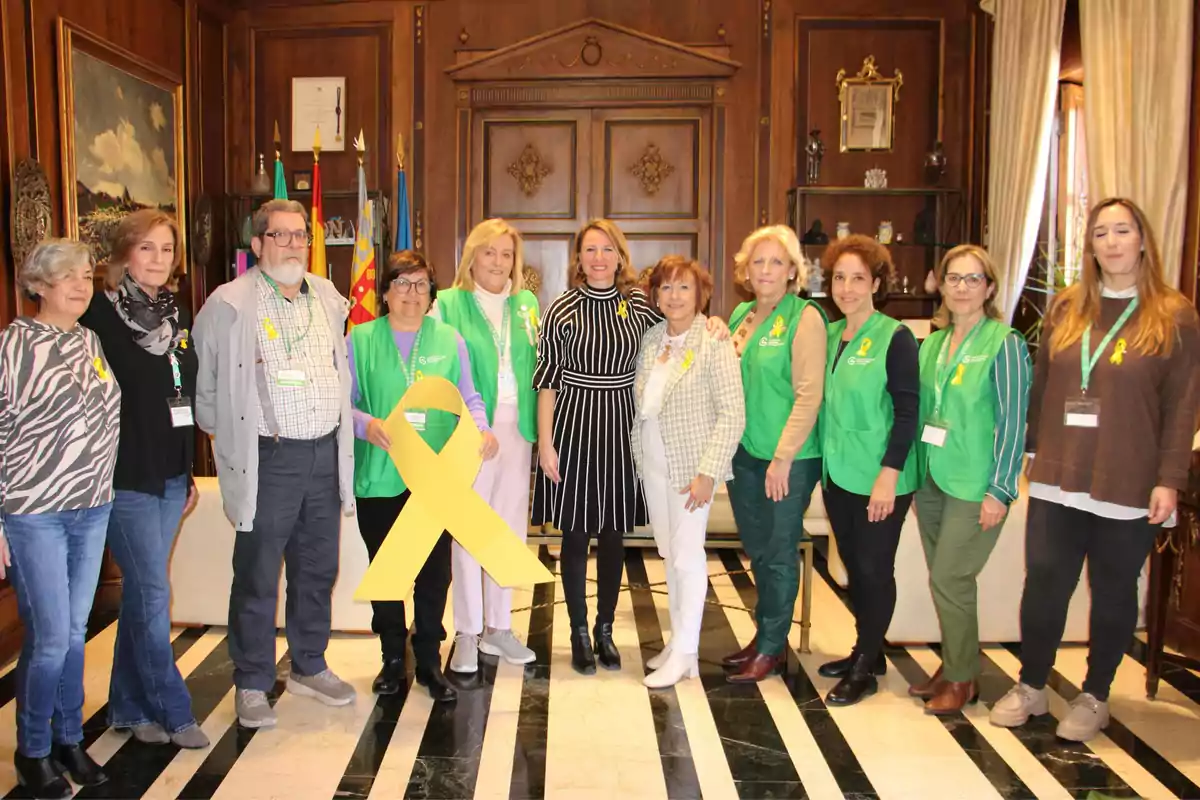
The Castellón City Council Joins the Fight Against Childhood Cancer
The institution presents an awareness campaign in schools
The Castellón City Council and the Spanish Association Against Cancer (AECC) have joined forces to raise awareness of childhood cancer on the occasion of International Childhood Cancer Day, which is commemorated on February 15. The initiative includes an awareness campaign in seven educational centers in the city, where AECC volunteers will give informative talks.
The Mayor of Castellón, Begoña Carrasco, received the commemorative yellow ribbon from the hands of the AECC manager in Castellón, Salomé Esteller, and reaffirmed the council's commitment to the fight against cancer. "All our support to those brave boys and girls who are examples of overcoming, as well as to their families, who must know they are not alone. The City Council will remain an unconditional ally in this cause," she declared.
320,000 Euros Raised for Research
Carrasco highlighted the effort of the AECC's Local Board of Castellón, which in 2024 raised 320,000 euros thanks to the solidarity of the citizens. Part of these funds will be allocated to childhood cancer research, with the aim of improving treatments and reducing their side effects.
Meanwhile, Salomé Esteller emphasized that, although the childhood survival rate in Spain reaches 83.9%, it is essential to continue promoting research to develop less aggressive treatments.
More Than One Thousand Annual Cases in Spain
Each year, more than one thousand cases of cancer are diagnosed in children under 14 years old in Spain, in addition to 400 in adolescents. The most common tumors in children include leukemias, brain tumors, and lymphomas. Although medical advances have increased the survival rate, the side effects of treatments remain a challenge.
For this reason, the scientific community insists on the need to strengthen international collaboration and share resources to advance the research of these rare tumors, in order to improve the quality of life of affected children and their families.
More posts: